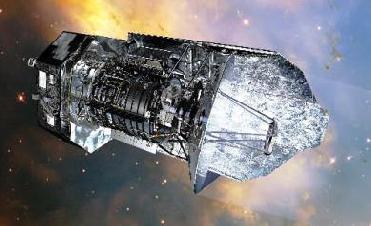
Herschel and Planck spacecraft. A File Photo
WASHINGTON (BNS): Herschel and Planck spacecraft are ready for two missions to study the cosmos and will set off from the same Ariane 5 rocket Guiana Space Center in French Guiana on May 14.
The European Space Agency, or ESA, leads both missions with significant participation from NASA, according to NASA press release Wednesday.
"The missions are quite different, but they'll hitch a ride to space together launch processing is moving along smoothly. Both missions' instruments have completed their final checkouts, and the spacecrafts' thruster tanks have been fueled," said Ulf Israelsson, NASA project manager.
NASA team members will play an important role in data analysis and science operations.
"We haven't had ready access to the wavelengths between infrared and microwaves before, in part because Earth's atmosphere blocks them from reaching the ground, Because our views were so limited before, we can expect a vast range of serendipitous discoveries, from new molecules in interstellar space to new types of objects," said Paul Goldsmith, the NASA project scientist for Herschel at JPL.
Herschel will detect light from objects as cold as -263 degrees Celsius, or 10 Kelvin, which is 10 degrees above the coldest temperature theoretically attainable. Planck will answer fundamental questions about how the universe came to be and how it will change in the future, it said.
"The cosmic microwave background shows us the universe directly at age 400,000 years, not the movie, not the historical novel, but the original photons, Planck will give us the clearest view ever of this baby universe, showing us the results of physical processes in the first brief moments after the Big Bang, and the starting point for the formation of stars and galaxies," said Charles Lawrence, NASA project scientist for Planck at JPL.
Shortly after launch, Planck and Herschel will separate from the rocket and follow different trajectories to the second Lagrangian point of our solar system, a point in space 930,000 miles (1.5 million kilometers) from Earth, he said.
Herschel and Planck are both ESA missions with important participation from NASA.
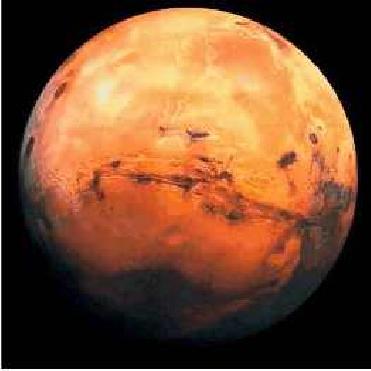 Previous Article
Previous Article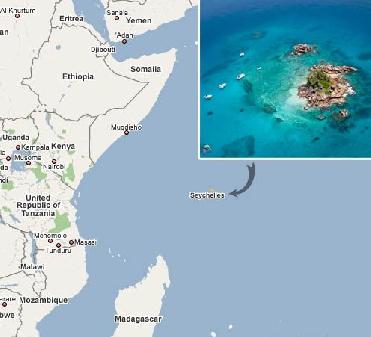 Next Article
Next Article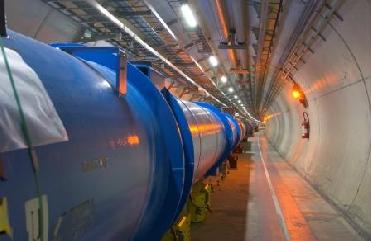
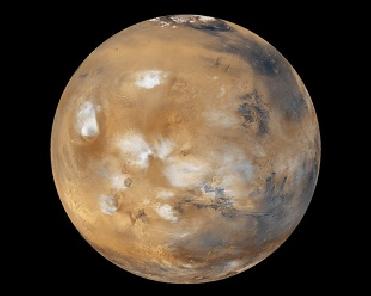











The Indian Air Force, in its flight trials evaluation report submitted before the Defence Ministry l..
view articleAn insight into the Medium Multi-Role Combat Aircraft competition...
view articleSky enthusiasts can now spot the International Space Station (ISS) commanded by Indian-American astr..
view article